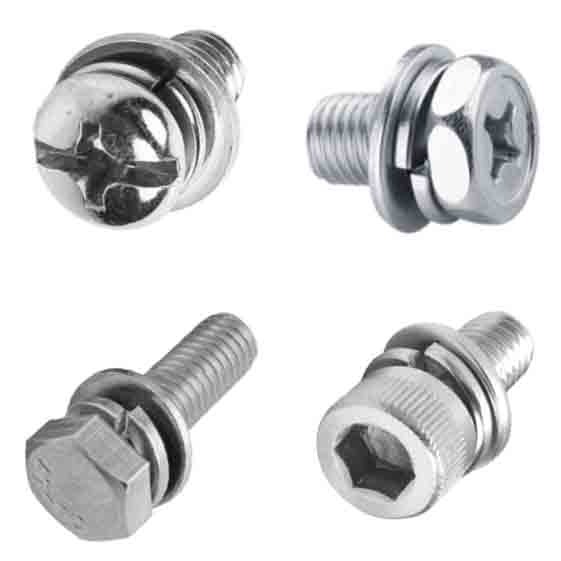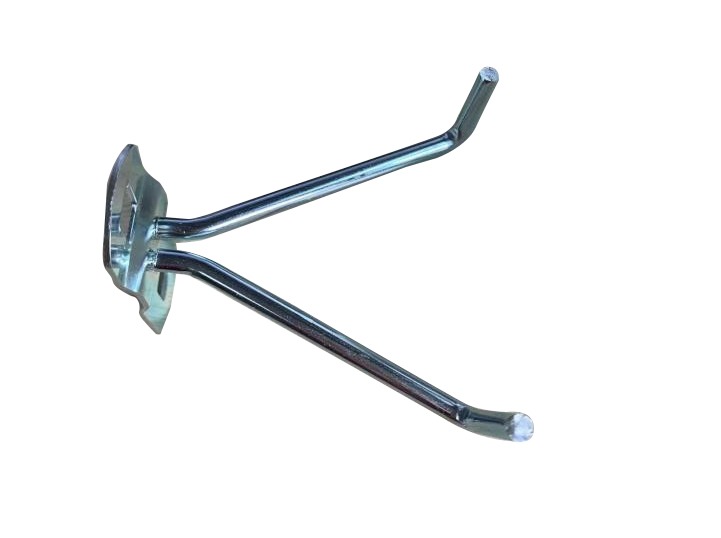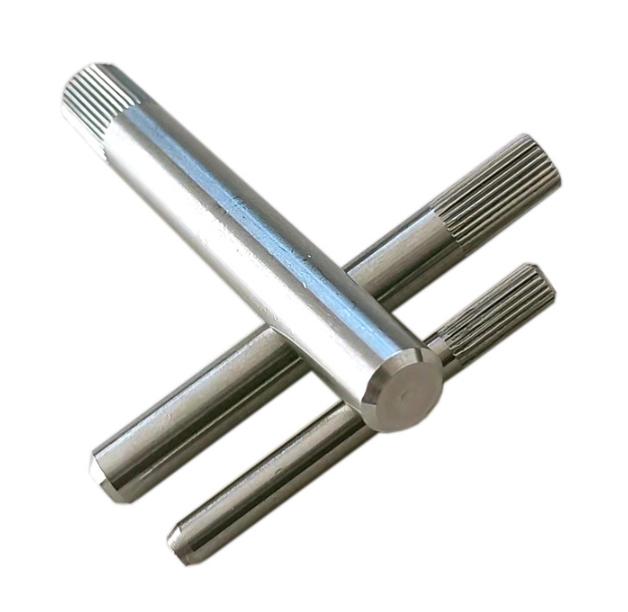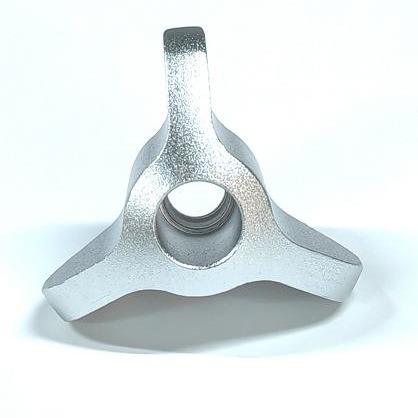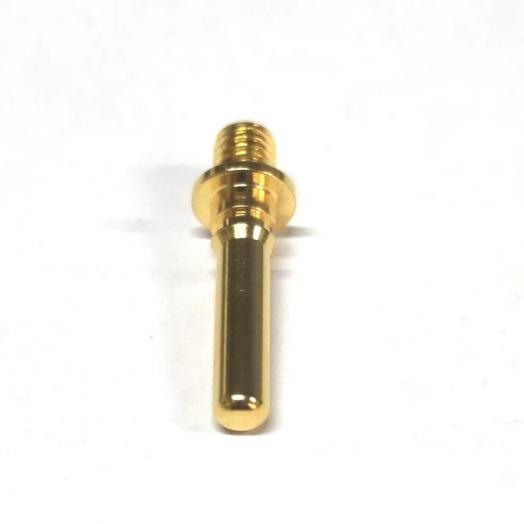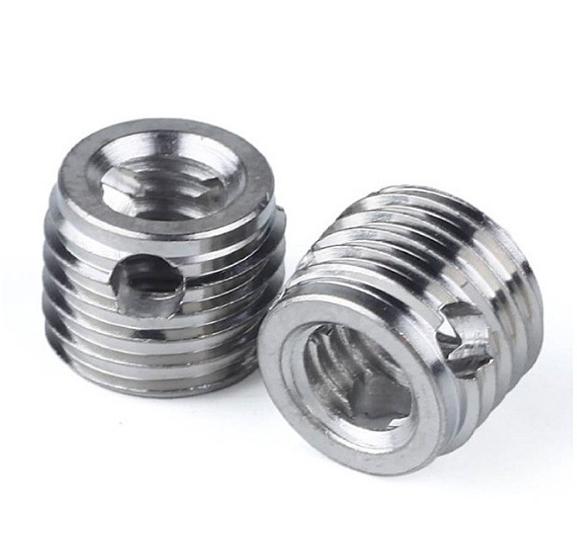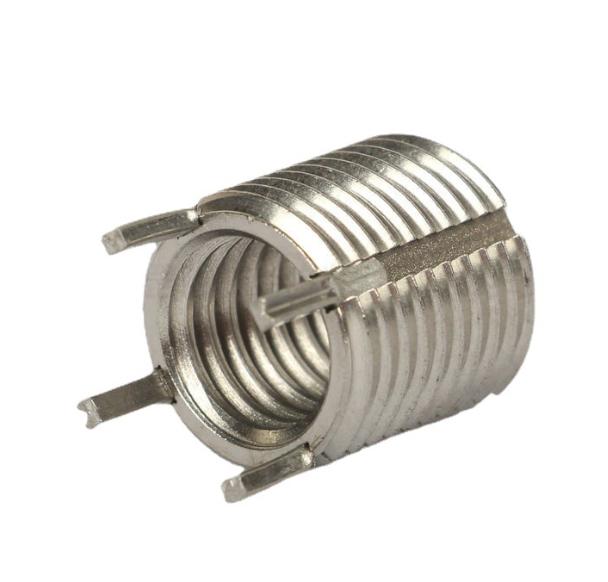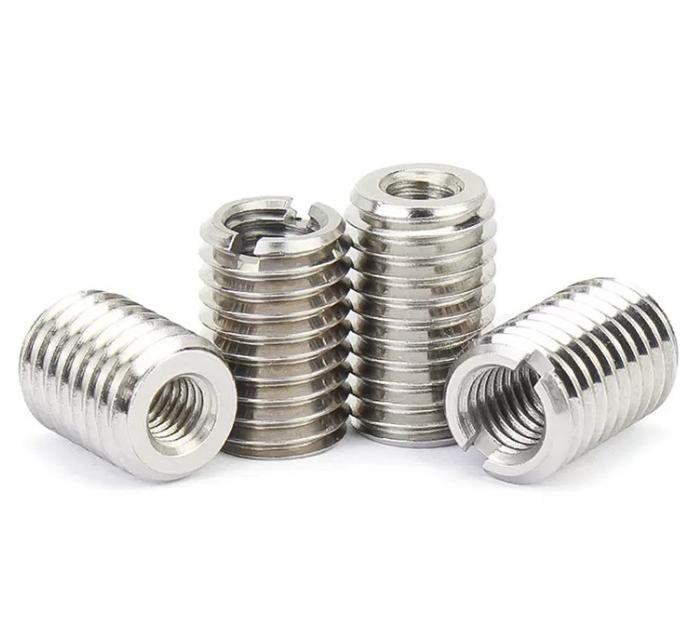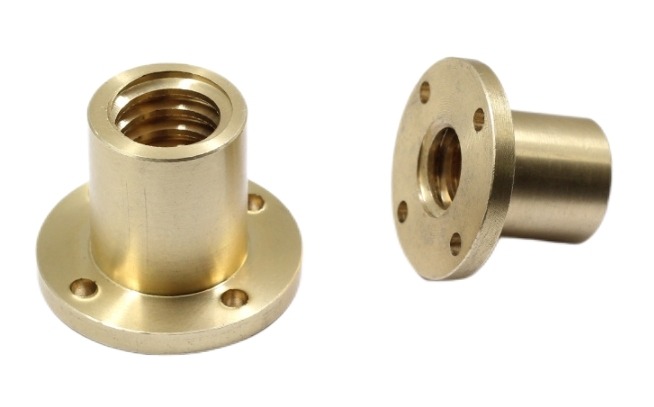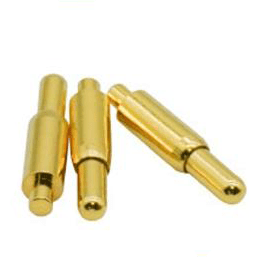CNC Machining Parts Manufacturing Process: The Power of Precision
CNC machining is a manufacturing process that utilizes computerized controls to operate cutting and shaping machinery. CNC cutting machines are essential in producing intricate and precise parts for various industries, including aerospace, automotive, and medical devices. The process allows for high accuracy, repeatability, and fast production, making it an essential technology in the manufacturing world.
CNC machining parts manufacturing involves several phases, including design and programming, setup and machining, inspection and quality control, and finishing. In this article, we’ll dive deeper into each phase to understand the process of CNC machining parts and the power of precision it provides.
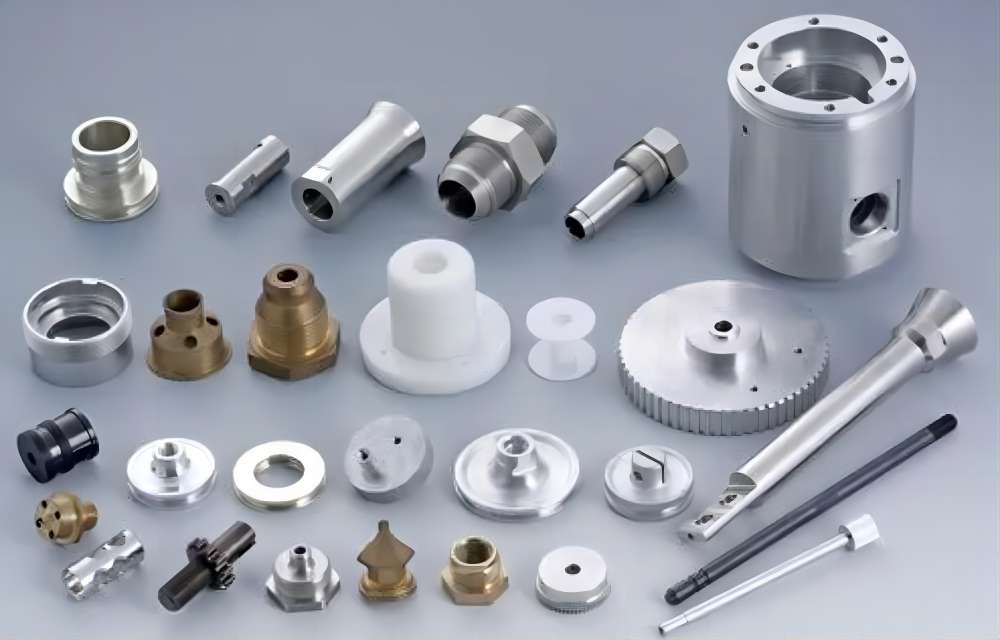
Design and Programming Phase of the CNC Machining Parts Manufacturing Process
The first phase in CNC machining parts manufacturing is the design and programming phase. It involves the creation of CAD models and CNC programs to guide the cutting machines on the operations required to shape the parts. The design process is essential as it determines the final product’s dimensions and specifications.
The CNC machining parts manufacturing process requires selecting appropriate materials and determining the machining operations required. These decisions are essential as they determine the efficiency of the process and the quality of the final product. CNC programming involves the creation of programs that define the tool’s path and the cutting parameters required to produce the desired shapes. The verification and optimization of the programs using simulation software are critical to identify any potential errors and optimize the tool’s path for maximum efficiency.
Setup and Machining Phase of the CNC Machining Parts Manufacturing Process
Once the CNC programs are created and verified, the setup and machining phase begins. This phase involves the installation of the workpiece in the CNC cutting machine and the selection and installation of the appropriate cutting tools. The tools’ calibration is essential to ensure that the machine’s cutting depth and speed are optimized for the specific material being machined.
During the machining phase, the CNC cutting machine executes the CNC program, and the cutting process begins. CNC machines operate with a high degree of accuracy and repeatability, producing parts that meet the precise specifications of the CAD models. The process involves monitoring the machining operations and adjusting cutting parameters as necessary to ensure the parts’ quality and efficiency.
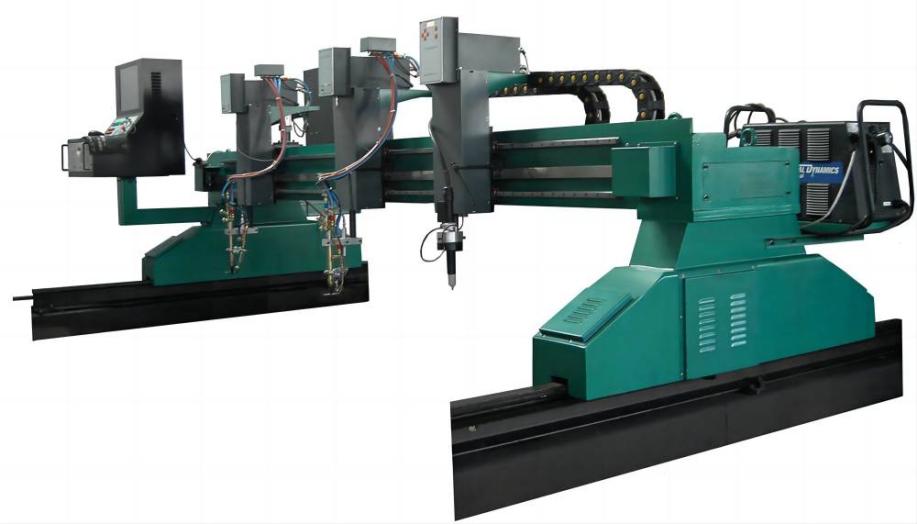
Inspection, Quality Control, and Finishing Phase of the CNC Machining Parts Manufacturing Process
After the machining phase is complete, the parts undergo inspection using precision measuring tools. The parts are compared to the CAD models to ensure that they meet the specified dimensions and tolerances. Quality control procedures are implemented to identify any potential defects or issues with the finished parts.
The finishing phase involves deburring, surface finishing operations, final inspection, and packaging of finished parts. The deburring process removes any rough edges or burrs that remain on the parts after the cutting process. Surface finishing operations, such as polishing or anodizing, are performed to provide the parts with a smooth and aesthetically pleasing finish. The final inspection ensures that the finished parts meet the specified dimensions and tolerances and that they are free from defects.
The Power of Precision Is Provided Through the CNC Machining Parts Manufacturing Process
CNC machining parts manufacturing offers several advantages over traditional machining processes. CNC machines operate with a high degree of accuracy and repeatability, producing parts with consistent quality and precise dimensions. The process allows for fast production times, making it an essential technology for high-volume production runs.
Moreover, CNC machines can perform complex cutting operations that are difficult or impossible to perform using traditional machining processes. The technology offers an excellent solution for producing intricate and precise parts, such as those required in the aerospace, automotive, and medical device industries.
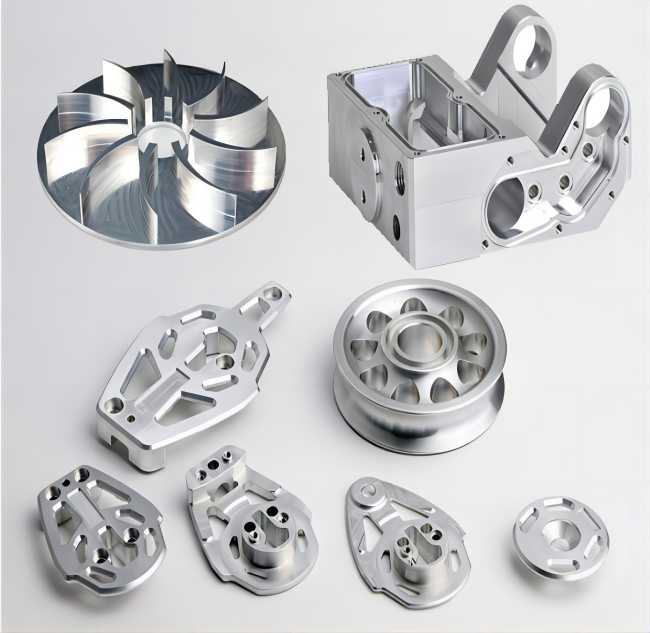
Conclusion
CNC machining parts manufacturing is a highly precise and efficient process that offers several advantages over traditional machining processes. The technology provides fast production times, consistent quality, and the ability to produce intricate and precise parts. CNC cutting machines are essential in producing parts for various industries, including aerospace, automotive, and medical devices. With its ability to perform complex cutting operations, CNC machining is quickly becoming the standard for manufacturing high-quality, precision parts.
As the technology continues to advance, we can expect even greater precision and efficiency in CNC machining parts manufacturing. The use of advanced software and automation technologies will enable faster production times and improved quality control, making CNC machining an even more critical technology for modern manufacturing.

In conclusion, the CNC machining parts manufacturing process is a highly precise and efficient method for producing complex and precise parts. The process involves several phases, including design and programming, setup and machining, inspection and quality control, and finishing. The use of CNC cutting machines offers several advantages over traditional machining processes, including high accuracy, repeatability, and fast production times. With the continuous advancement of CNC machining technology, we can expect even greater precision and efficiency in the manufacturing process.
KENENG is a professional custom CNC machining parts manufacturer, contact us and tell us your requirements, and we will produce high-precision CNC machining parts for you.

